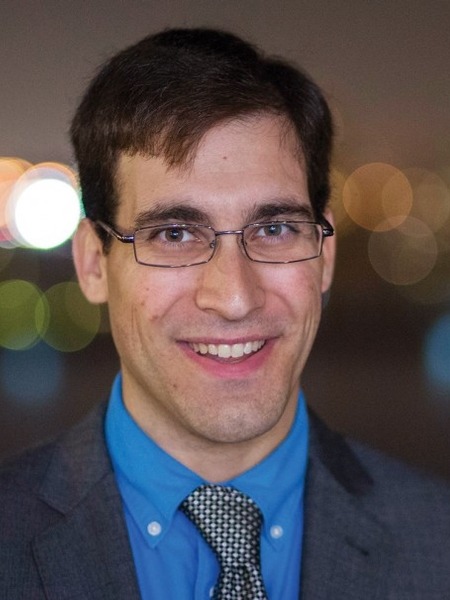After Four Degrees from MIT, Alumnus Goes from Wall St. Journal to Stanford Faculty
-
-
slice.mit.edu
Filed Under

Recommended
As a first-year student in 1999, Keith Winstein ’03, MEng ’05, EE ’14, PhD ’14 was drawn to MIT’s Artificial Intelligence Laboratory, home to hacker luminaries like Alan Kotok ’62, Gerald Sussman ’68, and Richard Stallman. “I used to go there and just wander around staring at the names on the doors and run away if they glanced up at me,” he recalls.
“My first week in college, I called my friends from home and told them how intimidated I was by everyone at MIT,” Winstein adds. “And I vividly remember them saying, ‘That’s why you latch on to those people and pick their brains.’ That was valuable advice, and MIT was really a special place where that was possible.”
In short order, through a UROP at the AI Lab (now CSAIL) and the Student Information Processing Board (SIPB), Winstein confirmed that insight. With a fellow SIPB member, Marc Horowitz ’92, he worked to understand the encryption that blocked DVD movies from playing on Linux computers. They wrote the qrpff script, which bypassed DVD encryption with just six lines of Perl code. Last year, a necktie imprinted with the script sold for $2,500 in an “algorithm auction” to benefit the Cooper Hewitt Smithsonian Design Museum in New York.
Along the way, Winstein developed MIT’s LAMP campus music distribution system (which provides access to the electronic music library and was the topic of his 2005 master’s thesis), created the widely used Mosh mobile shell program (free software that allows roaming and supports intermittent connectivity, among other things), and hacked MIT’s keycard system. Before starting the doctoral program in electrical engineering at MIT, he took a four-year break to work as a staff reporter at the Wall Street Journal, applying journalism skills he learned at the Tech.
Winstein, who became an assistant professor of computer science at Stanford University in 2014, teaches computer networking and researches video streaming and ways to accelerate Internet access in the developing world.
One recent highlight: teaching a seminar, Hackers and Heroes, that explored the hacker spirit and included visits from Bill Gosper ’65, MIT D-Lab founder Amy Smith ’84, Andrew “bunnie” Huang ’97, and Macintosh pioneers Andy Hertzfeld and Joanna Hoffman ’78.
“People like Amy Smith make you proud to be from MIT, and this idea that you should try to learn from them and live up to their example instead of getting intimidated—I wanted to repay that,” explains Winstein. “That’s what MIT did for me. It’s an incubator for creative troublemakers, in a good way.”







